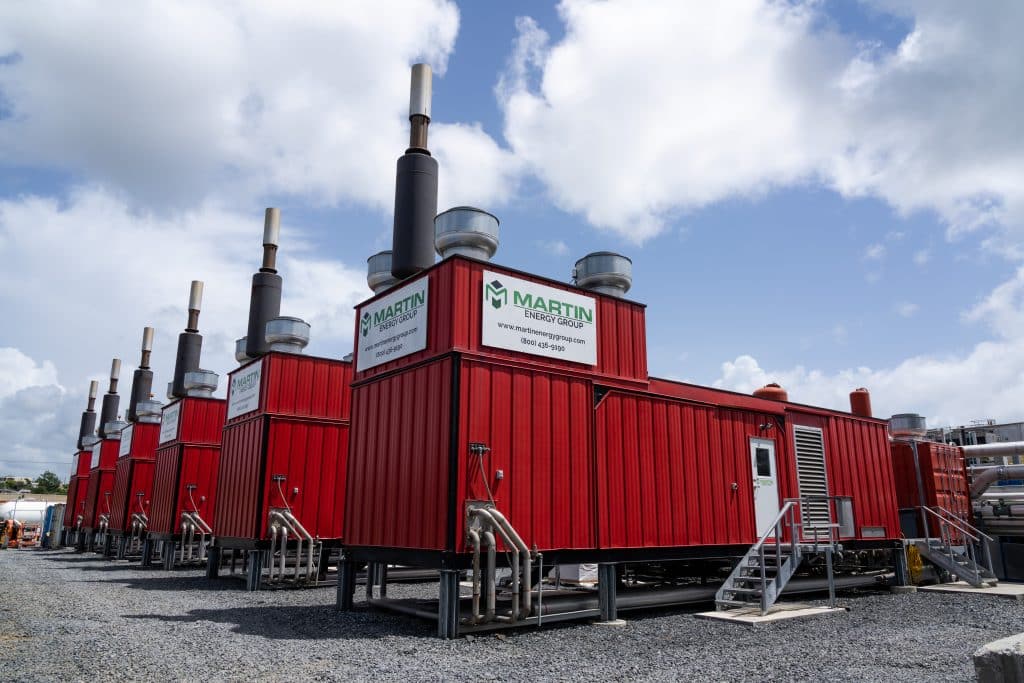What is Island Mode?
Island mode refers to a system that operates independently from the utility grid, often referred to as “off-grid” generation. In this mode, a power generation system functions autonomously, providing electricity to a facility or group of facilities (microgrid) when the utility grid is unavailable due to an outage or other issues.
Transition to Island Mode
A Combined Heat and Power (CHP) system is typically connected to the utility grid and operates in parallel with it under normal conditions. However, when the utility grid fails or becomes “Unhealthy,” a Synchronous Cogeneration system seamlessly transitions into island mode. In island mode, the CHP system ensures continuity of power supply to the facility or microgrid.
![]()
Island Mode Operation
During island mode operation, a generator functions as a standalone unit, disconnected from other power sources. This mode is commonly found in remote areas such as rural towns and mine sites, where access to the utility grid is limited. Additionally, island mode units serve as backup or standby generators to provide electricity during grid failures.
Challenges and Considerations
Gas engines, commonly used in generators, require careful management during island mode operation. To prevent system tripping, loads must be introduced in a controlled and sequential manner, known as “Load Steps.” Typically, load steps should not exceed 30% of the island mode rating (80% of nominal output), and they should be initiated approximately every 15 – 20 seconds.
In the event of a grid power supply failure, a standard CHP unit from Martin Energy Group will automatically start in island mode operation, as per the system design. However, to sustain full standby electrical power output, a heat rejection system is essential. This system can utilize the site’s heat load or a heat rejection radiator. It’s important to note that the power supply to the pumps and/or radiator will be drawn from the CHP system.




